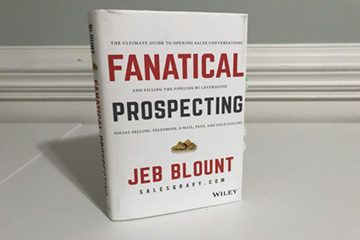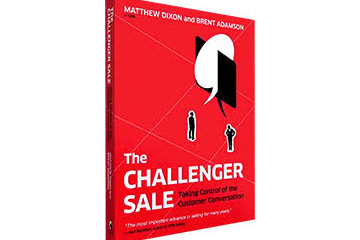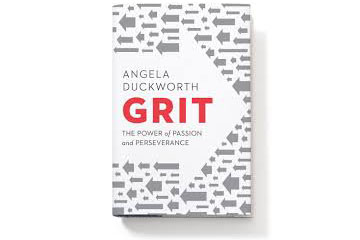Pete’s take…
I love the title of this book.
I have always been a believer that people don’t like to be sold, but enjoy buying. Taking a collaborative approach to sales, where the selling and buying organizations work together, is a much more desirable method in today’s market. This book was written by the same authors of The New Solution Selling book. It was written to introduce new methodologies in a changing buyer-driven market.
Today’s buyers are much different than the buyers of 10 or 20 years ago. The authors call them “Buyers 2.0.” I personally think buyers have changed a whole lot more than twice, but the point is that sellers should always be adapting. In today’s market, buyers do not want to deal with sellers until they are much deeper into their decision-making process. This of course is because they can get so much information on-line without having to deal with salespeople.
As I read this book, there were times I felt that some of the practices were too complicated for most sales scenarios. The methodologies seemed to be a better fit for people involved with very high-end sales with long sales cycles. They suggested using a shared buyer-seller portal such as SharePoint or Dropbox to store information and set meetings. I love the idea of the online collaboration site for situations involving a long sales/buying cycle and many stakeholders. But this just isn’t always the case and I think as sellers we need to recognize that.
The authors define three roles of a collaborative seller. They explain the importance of getting in the sales process early even though the buyers are trying to keep the sellers out of the process until much later. This approach will also help a seller understand how to get customers to envision new solutions and of what could be. They help their clients solve problems and lead them to better ways of doing business. They focus on collaborating with the customer on determining the value of doing things different. And they suggest ways to tie in data for the customers to use during the evaluation process.
The book is well written but my over 40 vision had difficulty reading the tiny print in many of the accompanying charts and examples. In some cases, the font size was so small, I had no idea what was being shown. The Collaborative Sale is a good book and may be a worth a place on your reading list, just be sure to have a magnifying glass close by for chart-reading.
Cheryl’s take…
I’m a little bit younger than Pete, so the tiny font data in the charts wasn’t quite as difficult for me to read, but other than that I will defer to Pete’s takeaways on this book.
Nice job Pete. I put the magnifying glass on the bookshelf right next to this book for next time 🙂


